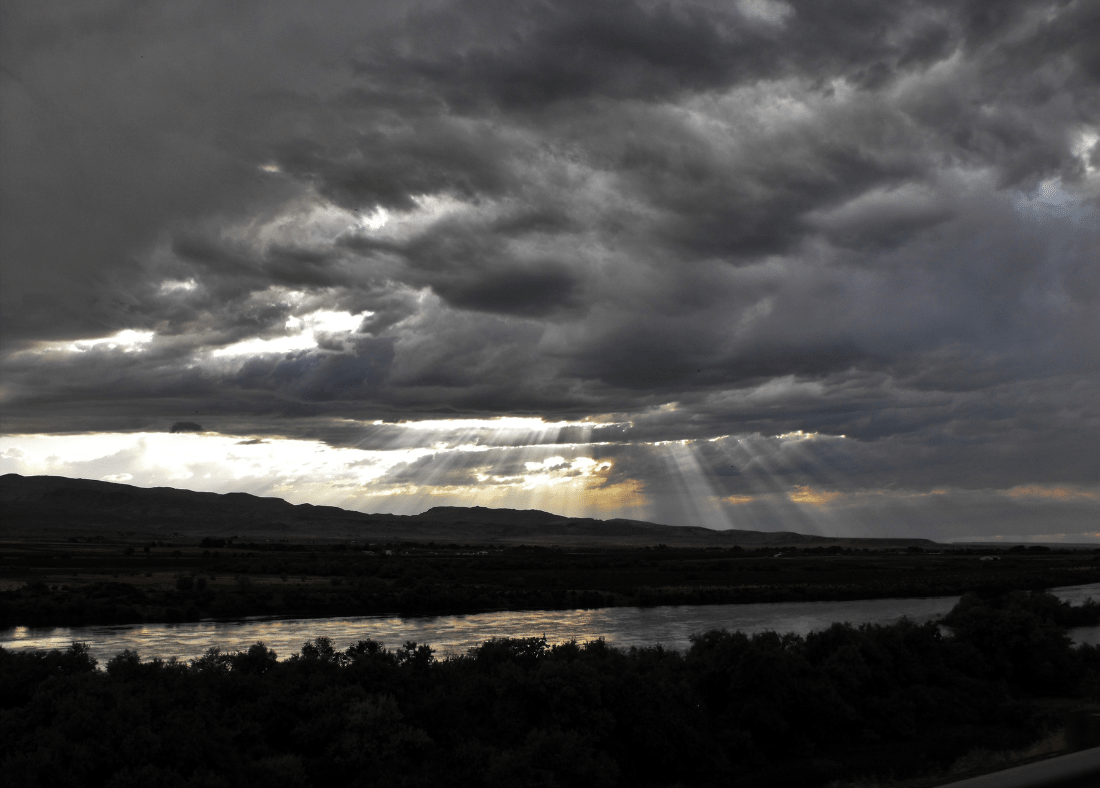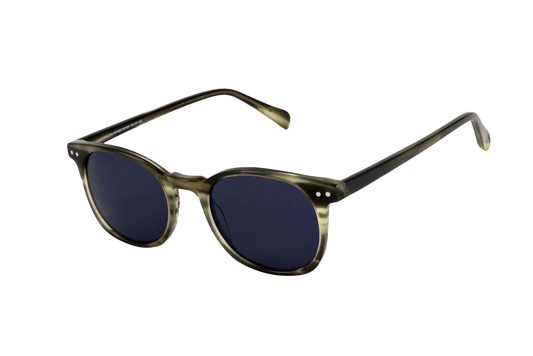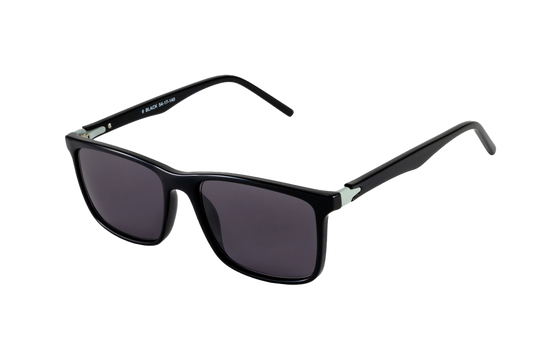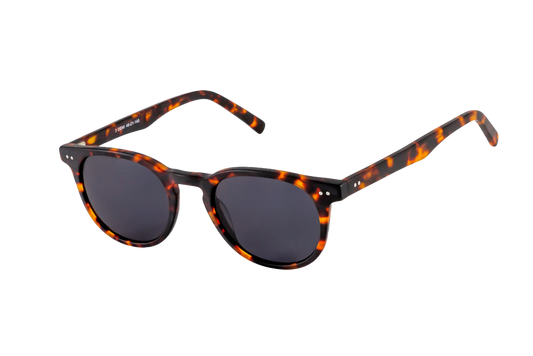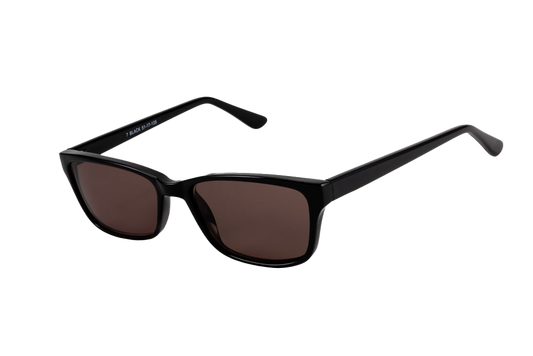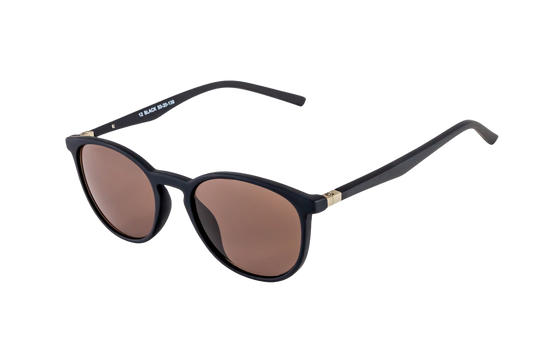Can I Get Vitamin D on a Cloudy Day?
Andy MantYou can still synthesise vitamin D on a cloudy day because full spectrum sunlight is still occurring behind the overcast skies during any season. Ultraviolet (UV) light is required to produce vitamin D, which is still present even on a cloudy day.
The intensity of UV rays may be less during cloudy days which means you may need to spend longer outside to product the same amount of vitamin D you'd get from a clear, sunny day.
Seasonality also plays a key role in vitamin D production. For instance, UV light is highest in the Summer months which means you only need to be outside for a short while to product good levels pf vitamin D. In Winter, when its more likely to be cloudier, UV levels are lower, which means you need to spend longer outside.
In winter month's and on cloudy days it may be difficult to get your optimum levels of vitamin D production so it could therefore be beneficial to eat a diet rich in vitamin D. Eating more fatty fish is a great way to produce more vitamin D on cloudy days.
When spending time outside to get good levels of vitamin D production you should always practice safe sun exposure practices. It is still possible to burn on cloudy days which may lead to health issues. Practicing being sun-safe is fundamental and wearing a good quality pair of 100% UV blocking sunglasses is also beneficial.

A great way to improve your tolerance to UV light and to be sun safe is to gradually build up melanin in your skin. Spending time outdoors when UV levels are lower, the evening and mornings, is a safe way to build up your melanin levels and filter UV light naturally.
In the northern hemisphere, in winter, when UV levels are lowest its not uncommon to see instances of Seasonal Affective Disorder (SAD) increase.
Studies show that people who suffer from SAD have low levels of vitamin D and even a vitamin D deficiency. Exposure to harmful artificial blue light also increases during winter months due to daylight savings meaning more artificial light is needed to illuminate our days.
Being exposed to UV light has been shown to improve mood and be helpful in managing Seasonal Effective Disorder.
Why is Vitamin D Important?
If you spend a of time indoors you may be damaging your health. Conditions associated with harmful blue light include digital eye strain, headaches and poor sleep. The benefits of vitamin D include:
- Supports your immune system
- Helps with weight loss
- Makes you feel happy
Vitamin D is hard to get from diet alone and the best way to produce optimal levels of vitamin D is to get safe sun exposure. Even if this exposure comes on a cloudy day, it's still enough to support a more healthier you.
Factors That Influence Vitamin D Production
According to Harvard Health, vitamin D is produced when UV light synthesises with cholesterol in the blood. Vitamin D produced by sunlight is called cholecalciferol (D3) and the amount you can produce is based on several factors.
Latitude
The further north you live, think Alaska, Norway or Iceland, the harder is will be for you to produce vitamin D from the sun. This is because there is less UV light present and the winter months can be cloudier and darker than more equatorial regions.
People who live in northern latitudes tend to have a diet rich in seafood to obtain their vitamin D levels as it takes a lot longer for them to produce vitamin D via sunlight.
People in these regions have less melanin in their skin (paler skin) which means they do not need as much sunlight to produce the same levels of vitamin D then an African person living on the equator.
Skin Color
The color of your skin correlates with the latitude you are from ancestrally. For instance someone who live on the equator will have dark skin compared to someone from northern latitude such as Iceland.
People with darker skin can tolerate higher levels of UV light for longer than a person with paler skin. If a person with paler skin migrates to a climate with higher UV light they may not be well equiped to handle the higher levels of UV light which may be an issue for them.
Slowly building up melanin and practicing safe sunbathing would be recommended in this situation.
Amount of Skin Exposed to the Sun
Wearing clothing that covers a large surface area of your skin will hinder vitamin D production. This can be particularly problematic in winter months when it is cold and cloudy. We wear extra clothing to keep warm but this blocks UV light needed to produce vitamin D.
Cloudy days can make is harder to produce adequate levels of vitamin D so our body will take from its vitamin D stores. It is therefore important to build up good levels of vitamin D during the summer months or wear less clothes during winter.
Cold exposure can be beneficial for your health and you can read more on that here.
Seasonality
Vitamin D levels are usually lowest during the winter period which coincides with lower levels of UVB light and increased cloud cover. It is all about the angle of the earth pointing toward to sun which is most optimal for vitamin D production in the summer months.
Time Spent Outside
The longer you spend outside exposing your skin to UV light the more vitamin D you can produce. However, you must remain sun smart when outside for long periods. The National Institute of Health recommends between five and thirty minutes of sun exposure without sunscreen 2-3 times a week to produce optimal levels of vitamin D.
Sunscreen
Suncreams have bene shown to block the production of vitamin D as they block UVB rays. This is why you should follow the guidance of the NIH which is to have 5-30 minutes a day of sun exposure without using sunscreen. However, the rest of the time outside you would be best following government guidelines and wear sunscreen.
Sunscreen use in general isn't too big of a risk for a vitamin D deficiency if one spends enough time outside in general.
Final Thoughts
Vitamin D is essential to optimal health and wellbeing so it is paramount to get adequate sun exposure. You can still produce good levels of vitamin D on a cloudy day but you may need to spend longer outside to achieve optimal production levels. 600 IU of vitamin D3 is the recommended dose per day.
If you cannot spend long outside on cloudy days you should increase the amount of fatty fish in your diet, take vitamin D supplements or explore other sources of vitamin D.

